Parties shortchange Dalits, women and Janajatis
- Tika R Pradhan
- 30-07-2023 10:13

proportional representation in state mechanisms
Nepal’s major parties that advocated proportional representation in state mechanisms and played vital roles in including the provision in the current constitution have miserably failed to live up to their promises by fielding a minuscule number of candidates representing women, Dalits, and other marginalized groups under the direct election system.
Janajati leaders have also criticized the parties for not ensuring their fair representation in candidacies under the first-past-the-post (FPTP) electoral system.
Nepal will on November 20 vote for 165 seats of the House of Representatives and 330 seats of seven provincial assemblies under the first-past-the-post (FPTP) electoral system. Among the 275 House of Representatives seats, 110 are to be filled through the proportional representation (PR) system. Similarly, 220 of the total 550 representatives of the seven provincial assemblies will be elected through the PR system.
Despite the election body’s instruction to ensure proportional representation of women and marginalized groups, just 235 or 9.2 percent of the total 2,536 candidates contesting the 165 lower house seats are women. And of the 3,447 candidates vying for 330 FPTP seats of seven provincial assemblies, just 297 or 8.5 percent are women candidates.
According to Surya Prasad Aryal, assistant spokesperson for the Election Commission, only one candidate contesting provincial elections is from the ‘others’ category, meaning other than male or female.
Five parties—Nepali Congress, UML, Maoist Centre, Unified Socialist, and Rastriya Janamorcha—have fielded a total of 301 candidates for the 165 lower house seats, but just 25 or around 8 percent of their candidates are women.
Most women candidates who are contesting as independents are less likely to win for lack of strong voter backing and financial base, among other things, according to leaders and observers.
For federal parliament seats, UML has fielded 11 women candidates including Padma Aryal from Syangja-2; Bhagawati Chaudhari from Sunsari-3; Bidya Bhattarai from Kaski-2; Komal Oli from Dang-3; Nirudevi Pal from Kanchanpur-3; Gauri Oli from Doti; Julie Kumari Mahato from Dhanusha-3; Jwala Kumari Sah from Bara-3; Manju Sharma Chalise from Baglung; Manju Chaudhari from Udayapur-1 and Shanta Chaudhari from Dang-1.
Likewise, the Maoist Centre has fielded eight women–Pampha Bhusal from Lalitpur-3; Onsari Gharti from Kathmandu-2; Manushi Yami Bhattarai from Kathmandu-7; Kalpana Dhamala from Kathmandu-9; Anjana Bishankhe from Kathmandu-10; Rekha Sharma from Dang-2; Bina Magar from Kanchanpur-1; and Goma Gautam from Jumla.
But the Nepali Congress has fielded only five female candidates–Pushpa Bhusal from Arghakhanchi; Chitra Lekha Yadav from Siraha-2; Sujata Koirala from Morang-3; Sita Gurung from Taplejung; and Mahalaxmi Upadhyaya from Makawanpur-1.
Among the total 24 candidates of the CPN (Unified Socialist), just one—Ram Kumari Jhakri—is a woman. She is trying her luck from Gulmi-2. The Rashtriya Janamorcha has fielded just two candidates and one of them (Durga Poudel) is a female.
However, the two main Madhes-based parties—the Janata Samajbadi and the Loktantrik Samajbadi—that claim to be the champions of the proportional representation system—have not fielded women for House of Representatives seats.
The major parties have not only ignored women but also indigenous nationalities, Dalits, and Muslims.
Of the total 139 UML candidates for the House of Representatives, only 32 (or 23 percent) are janajatis. The Nepali Congress has fielded 19 janajati candidates among its 91 candidates (20.8 percent). Likewise, the CPN (Unified Socialist) has fielded 24 candidates for the House of Representatives and just seven (29 percent) are janajatis. Similarly, just 14 (or 31 percent) of the Maoist Centre’s 45 FPTP candidates comprise janajatis.
“The total janajati population including the Tharus is 36 percent but they are not properly represented in state agencies and most positions in political parties and state bodies continue to be occupied by Brahmin and Chhetri communities,” said Govinda Chhantyal, a janajati activist, researcher and former vice-chair of the Nepal Federation of Indigenous Nationalities.
The major parties—especially the Nepali Congress, the UML, the CPN (Maoist Centre and the CPN (Unified Socialist)–have completely ignored the Dalit community in FPTP candidacy.
The Nepali Congress has fielded Man Bahadur Nepali against Maoist Centre’s Janardan Sharma in Rukum (West), but the ruling coalition is likely to withdraw Nepali’s candidacy as Sharma is its official candidate.
The Maoist Centre has fielded two Dalit candidates—Anjana Bishankhe from Kathmandu-10 and Maheshwar Gahatraj from Banke-1—while the UML has fielded its secretary Chhabilal Bishwakarma from Rupandehi-1 and Chakra Prasad Snehi from Dadeldhura.
The UML has fielded four Dalit candidates for provincial assemblies—Afilal Okheda from Bajhang; Sita Sundas from Syangja; Bhakta Bahadur BK from Bardiya and Ram Dayal Mandal from Rupandehi.
Likewise, the Maoist Centre has five Dalit candidates–Binod Pahadi from Rupandehi; Mahendra Paswan from Siraha; Dambar BK from Arghakhanchi; Karna Singh Pariyar from Humla; and Karna Bahadur BK from Bajura.
Among them, Maoist Centre leader Bishankhe is likely to withdraw from the race as the coalition has decided to field Rajan KC as its official candidate from the constituency.
During the previous 2017 polls for the House of Representatives, among the Dalit candidates under the FPTP system, Maheshwar Gahatraj, who is currently a minister from the Maoist Centre, and Chhabilal Bishwakarma and Jagat Sunar of the UML had emerged victorious.
Although Dalits account for 13.8 percent of the country’s total population, even the major political parties are reluctant to field Dalit candidates in direct elections.
According to a senior UML leader, who wished not to be named, the problem was with Dalit leaders concerned, the society which is ‘unwilling to accept them’, as well as with the political parties.
Though top party leaders claim that members of the groups concerned are also responsible for their poor representation as they are reluctant to contest polls, leaders of those communities reject such arguments saying parties give low priority to minorities when there are many aspirants for electoral tickets.
Many party leaders admit that low representation of various groups in FPTP candidacies is reflective of political parties’ policy-level weaknesses.
“I agree that there is weakness on the part of political parties when it comes to encouraging the representation of marginalised groups,” said Subas Nembang, vice-chair of the CPN-UML. “Parties should try to correct this flaw in future polls.”
While some party leaders claim that they could not ensure proportional representation of various groups because of the compulsions of coalition politics, others see such arguments as fallacious and a true reflection of their duplicity.
“With this sort of reluctance, political parties themselves are supporting regressive forces and undermining the very spirit of democracy and social justice,” Chhantyal told the Post. “They are undercutting the change they themselves brought about and enshrined in the constitution.”
Political analysts say the parties have already smothered the spirit of inclusiveness and are misusing the PR provision just to accommodate their near and dear ones.
“We can say that the provision of inclusiveness has already been hijacked by the leaders of political parties,” said Rajendra Maharjan, a political analyst.
Maharjan said he now fears that people may not come to the streets to protest even if the provision of inclusiveness is annulled given its misuse by the powerful leaders. “The current FPTP candidacies are the best example of how party leaders misuse the provision,” Maharjan said. “They now employ it to provide jobs to their near ones while using the communities as vote banks.”


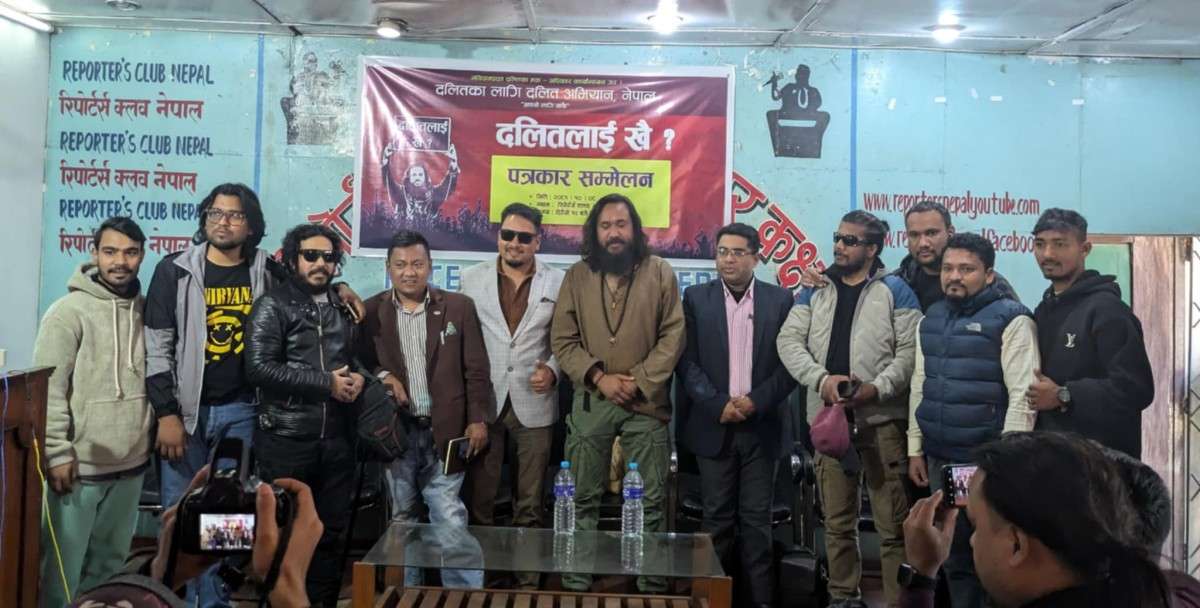
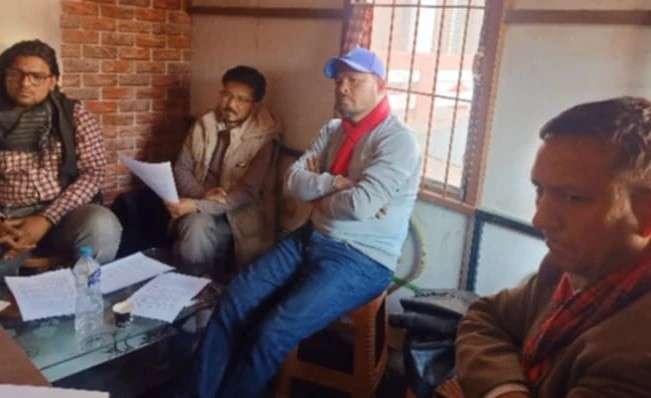
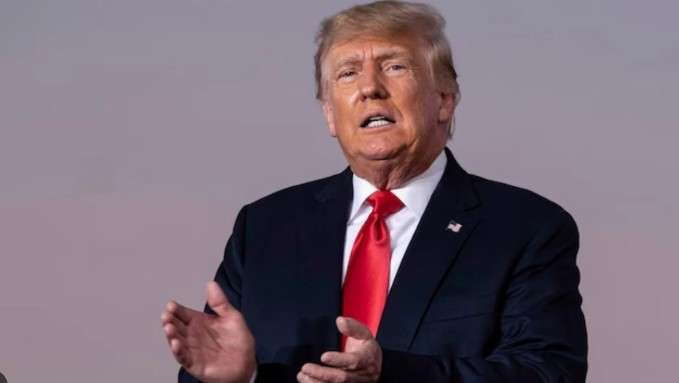

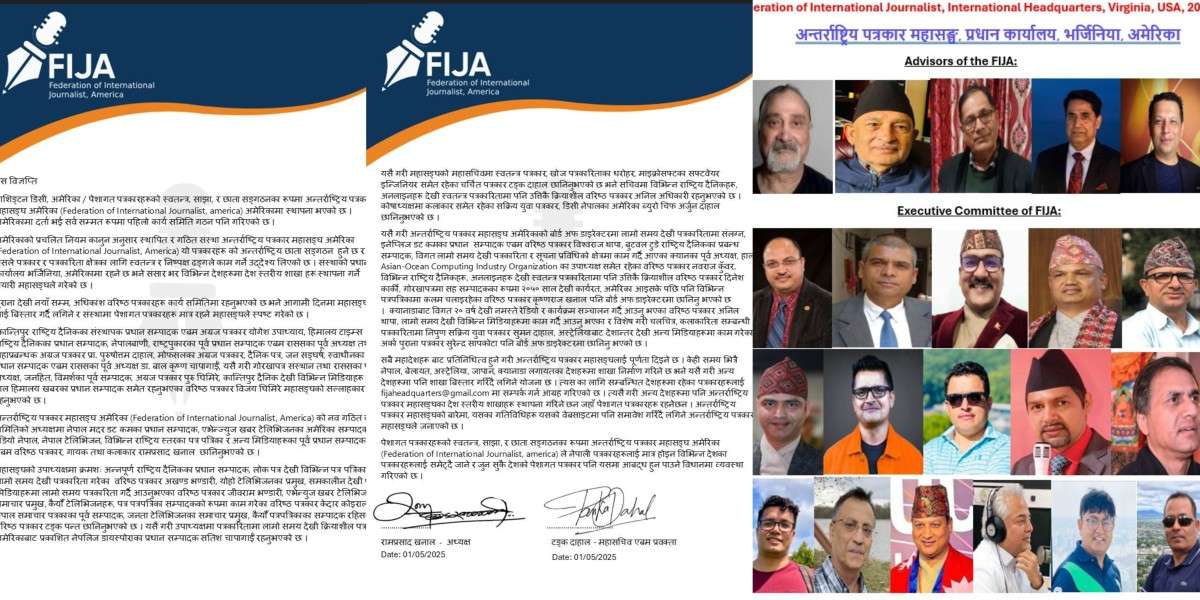
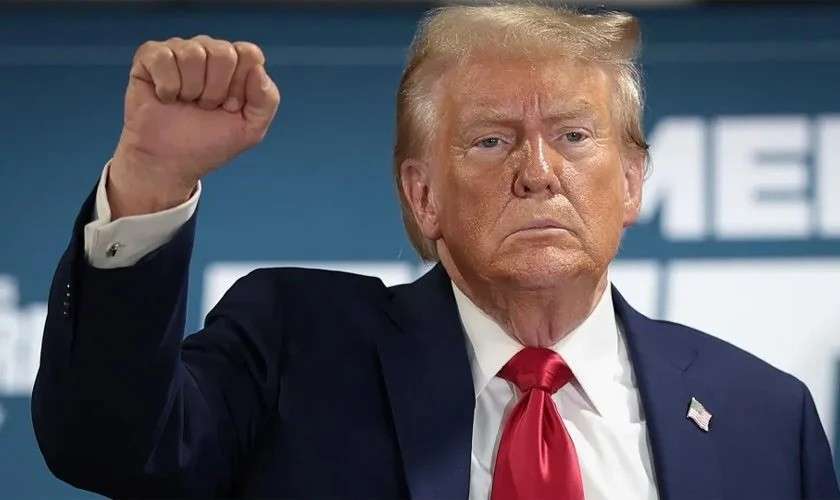



Conversation